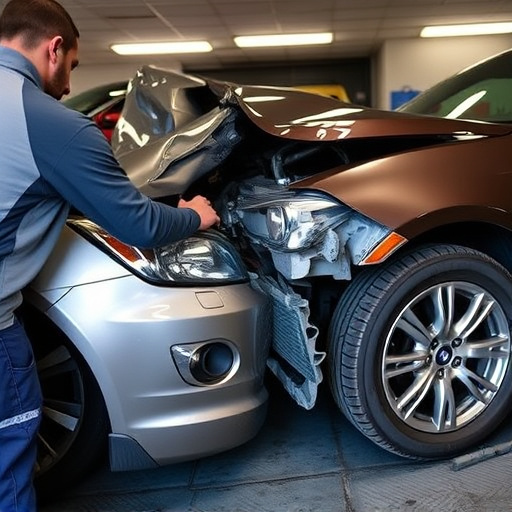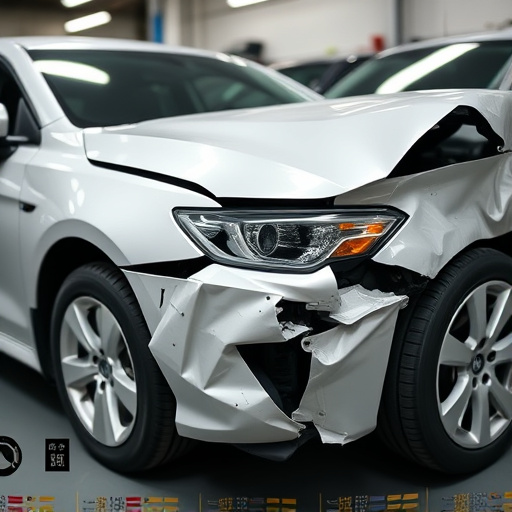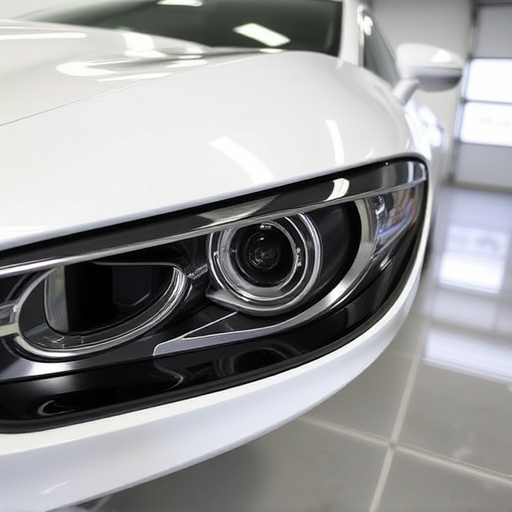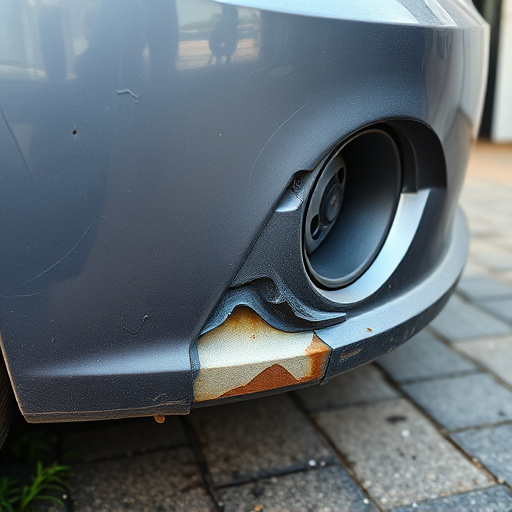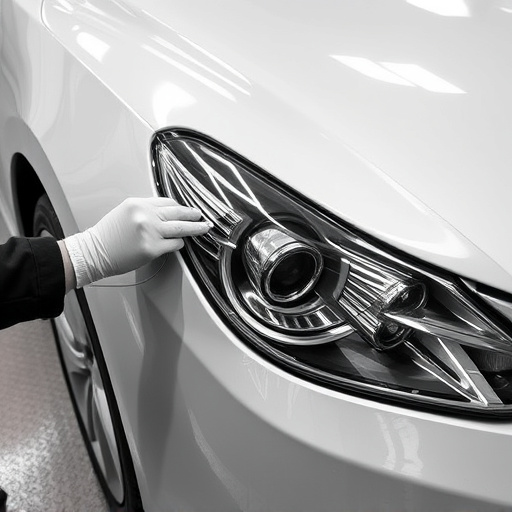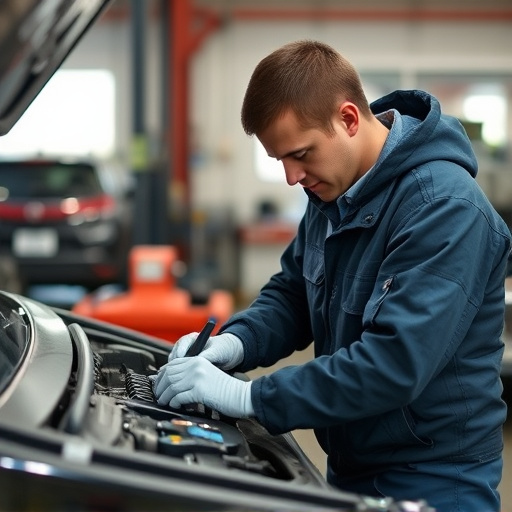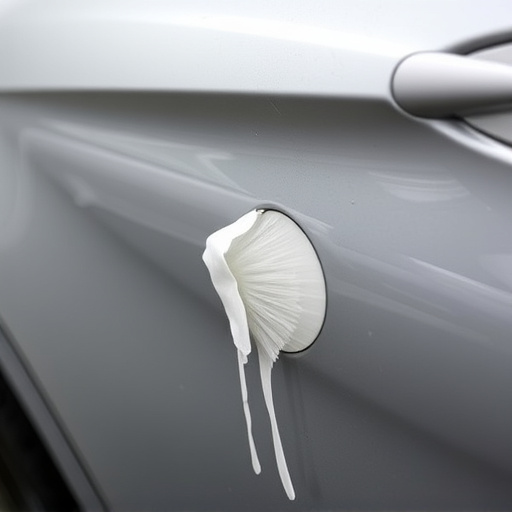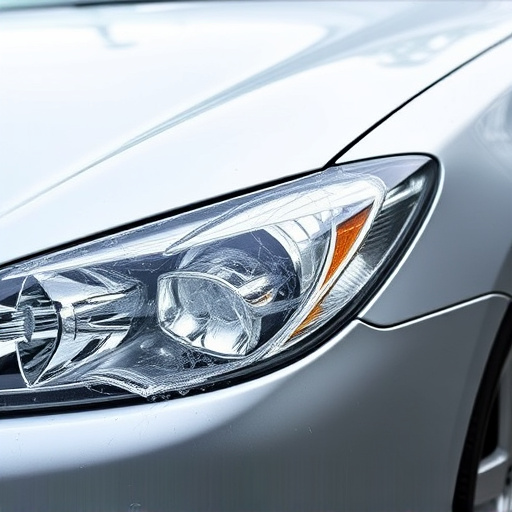Tesla composite repair utilizes advanced materials like carbon fiber and polymer composites for lightweight, strong body panels. This method requires specialized equipment and skills, offering faster, cost-effective repairs with enhanced structural integrity and performance benefits for electric vehicles. However, availability of trained technicians and higher costs pose challenges compared to conventional car repair services.
In the realm of automotive repair, Tesla has pioneered the use of composite materials in their vehicle construction, setting a new standard in both design and durability. When it comes to fixing damage, understanding the unique properties of these composites is crucial. This article delves into the world of Tesla composite repair, comparing it to traditional auto body work. From material science to application methods, we explore the benefits and considerations, offering insights for optimal vehicle restoration.
- Understanding Tesla Composite Construction
- The Process of Composite Repair vs. Traditional Methods
- Benefits and Considerations for Each Approach
Understanding Tesla Composite Construction
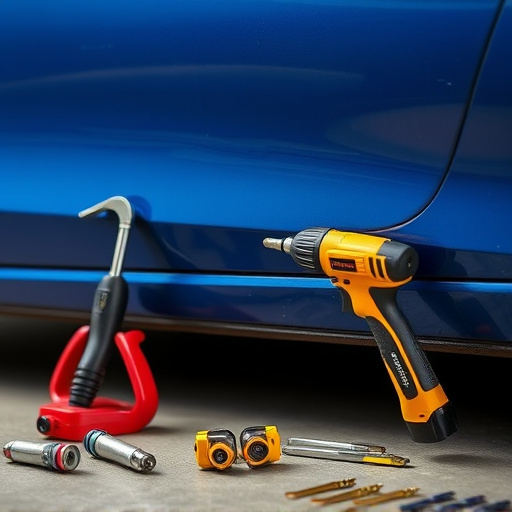
Tesla vehicles are renowned for their innovative use of composite materials in their construction, particularly in the body panels. Unlike traditional metal bodies, Tesla’s composite design offers several advantages when it comes to repair and restoration. The composite structure is typically a mix of lightweight fibers, such as carbon or glass, bonded together with a resin matrix. This material is not only stronger than steel but also significantly lighter, contributing to improved vehicle performance and efficiency.
When considering Tesla composite repair compared to traditional auto body repairs, understanding these materials becomes crucial. Specialized tools and techniques are required to effectively repair composites without compromising their structural integrity. Unlike metal, composite materials cannot be welded, so experts in Tesla composite repair use advanced adhesives and vacuum-assisted systems to ensure a strong bond during the repair process. This level of expertise is essential for maintaining the vehicle’s original strength and aesthetics, resulting in a superior car body restoration.
The Process of Composite Repair vs. Traditional Methods

The process of Tesla composite repair stands in stark contrast to traditional auto body repair methods. While conventional repairs often involve welding, riveting, and manual labor with metal panels, composite repair leverages advanced materials like carbon fiber and polymer composites. These materials are lighter, stronger, and more flexible than steel, enabling structural integrity without adding significant weight. The process starts with removing damaged parts and preparing the surrounding surface. Specialized tools and techniques, such as dry ice blasting, are used to ensure a clean and precise area for repair.
Composite repairs then involve layering these advanced materials onto the damaged zone, often using resins and adhesives. This allows for intricate shapes and repairs that would be difficult or impossible with traditional methods. Once cured, the composite is polished and finished to match the vehicle’s original surface. Compared to classic car restoration techniques, Tesla composite repair offers faster turnaround times, reduced labor costs, and superior structural performance, making it a game-changer in modern vehicle repair services, especially for auto body shops catering to high-performance vehicles like Teslas.
Benefits and Considerations for Each Approach
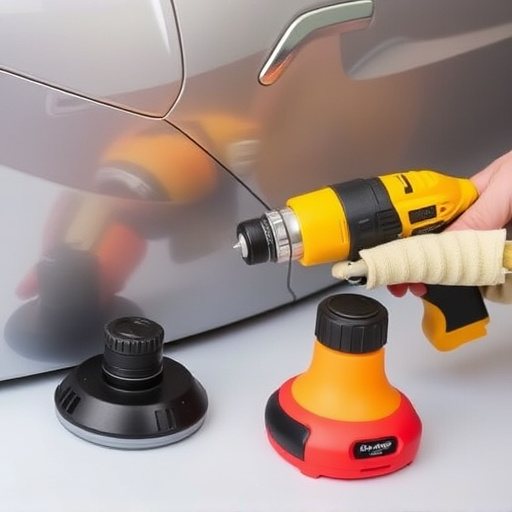
Tesla composite repair offers several advantages over traditional auto body repair methods. Composites, such as fiberglass and carbon fiber, are lightweight yet incredibly strong materials that can significantly improve a vehicle’s fuel efficiency and overall performance. They are also highly durable and resistant to corrosion, which means Tesla cars with composite repairs can retain their structural integrity for longer periods. This approach is particularly beneficial for electric vehicles, as it helps maintain the car’s optimal weight distribution, enhancing range and driving dynamics.
However, Tesla composite repair does come with certain considerations. Specialized equipment and trained technicians are required to work on these materials effectively. The cost of composite repairs can sometimes be higher than conventional methods, especially for rare or specialized parts. Additionally, finding an auto body shop that has the expertise in Tesla composite repair might require more effort. Conversely, traditional car paint services and general auto repair shops may not offer the same level of precision and structural integrity as composite repairs, but they are often more accessible and cost-effective for routine maintenance and less complex damage.
In the race to restore your Tesla to its pristine condition, choosing between composite repair and traditional auto body repair depends on various factors. Tesla’s composite construction offers lightweight, durable solutions, making composite repair ideal for preserving the vehicle’s structural integrity and fuel efficiency. However, traditional methods may still reign supreme for extensive damage or specific cosmetic needs. Ultimately, understanding the nuances of each approach enables owners to make informed decisions, ensuring their Teslas receive the best care tailored to their unique requirements. For those seeking cutting-edge restoration with an emphasis on material science, composite repair is a game-changer; but traditional methods remain invaluable for more conventional repairs.

